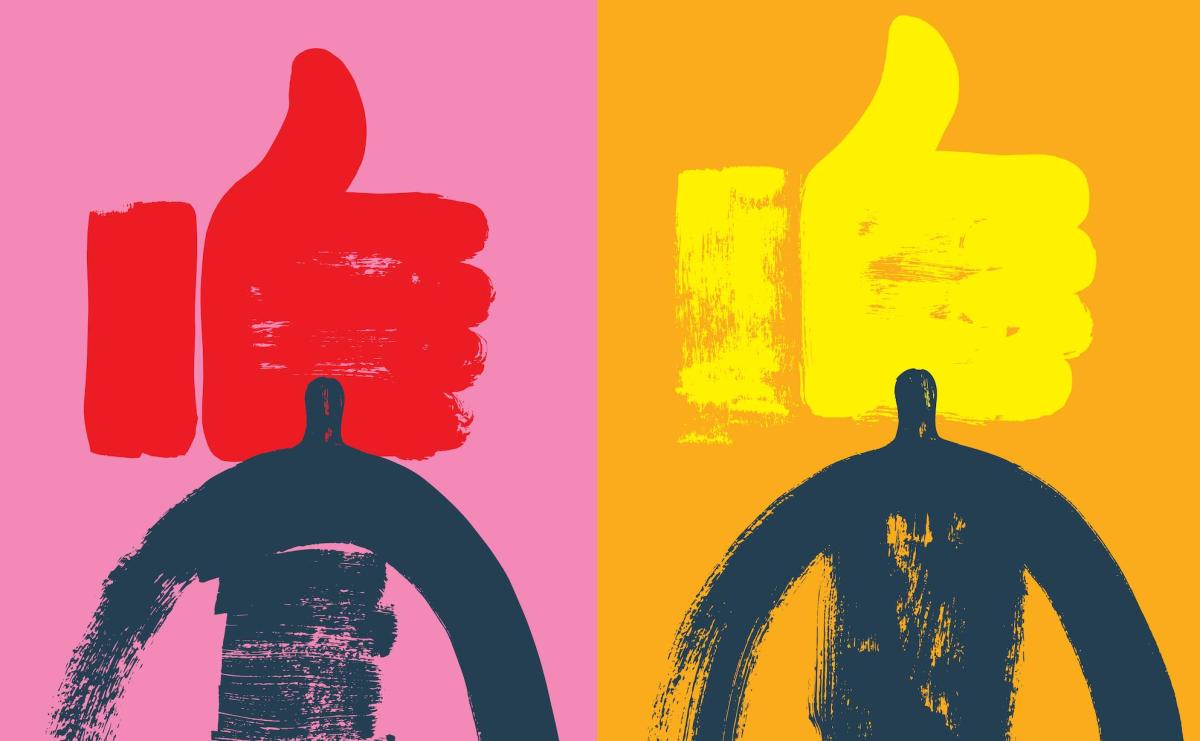Moving to digital programming is shaking many bricks-and-mortar arts organisations to their foundations, and this change can offer an important opportunity to connect with existing audiences and as well as opening up new audiences.
Without the physical restrictions of time and space, these audiences can be international as well as local. But how do we target and find those audiences who want to hear from us on new channels?
As Josh Spector, Audience Growth Strategist and publisher of the For The Interested newsletter said, ‘It’s better to position your creations as being for someone as opposed to for everyone.’
We couldn’t agree more.
At a time when there’s a lot of noise online, you need to know who your audience is and how to find them.
Diversify and repurpose
Part of this comes down to what you create. Paschal Daantos Berry, Curator for Programs and Learning and Community Engagement for Biennale of Sydney, said ‘The digital world is saturated, so it’s important to offer something that is unique to you or your organisation that does not replicate what is already out there.’
His advice: ‘Try to offer as many new experiences as possible.’
The 22nd Biennale of Sydney NIRIN has already launched the start of online program centred around NIRIN WIR as a way to create content that is specific to the organisation. Collaboration has been key to this launch and the team has worked closely with the Powerhouse Museum as well as Western Sydney artists and organisations such as Blacktown Native Institution and Blacktown Arts, ICE, PYT Fairfield and Parramatta Female Factory.
‘It is a way for these global artists to lead the way in responding to the urgent social, political and environmental issues we are facing today. We are rolling out learning resources that connect students, their teachers and parents with the ideas behind NIRIN. Artist-curated playlists and podcasts as well as artist interviews with Brook Andrew will also be released throughout the next few weeks.’
Like the 22nd Biennale of Sydney NIRIN digital content suggests, when you create for online audiences from an existing IRL experience, there are many opportunities to diversify and take advantage of the different ways various platforms work.
Spector added: ‘An IRL [In Real Life] art show may best be experienced in one, 45-minute tour through the space. But online that same content could become a month’s worth of individual Instagram posts, a series of blog posts sharing the inspiration behind the art, and a series of YouTube videos showing the making of the art or the artists demonstrating their creative process, and a Twitter Q&A with the curator.’
‘Online you have the ability to deconstruct and play with the content in ways you can’t IRL and you also have the ability for it to reach a massive audience beyond who could typically see it in person.’
going niche won’t limit you
Aiming for a niche audience doesn’t mean you’re limiting yourself. As Spector explained, your message and content needs to be specifically for someone.
‘Organisations tend to shy away from going too niche because they worry it will limit their audience, but that’s not true,’ he said.
‘I think of it like a dartboard – you get the most points by aiming for the bullseye, which is the narrowest target. But some darts will inevitably land outside the bullseye and you still get points for them.’
‘When you aim for a narrow audience, you’re not actually excluding people outside that audience – you’re just giving yourself a higher chance of converting people with your promotional efforts because the messaging is specifically tailored to the audience you’re going after,’ he added.
Another way to think of it is to consider your audience interests (which are supported by Facebook ads targeting).
For Daantos Berry, finding the right audience also means not underestimating them and allowing the artists to speak for themselves – which fits perfectly with digital media platforms that encourage both conversation and listening.
‘I think sometimes we underestimate the public and can be in our own echo chambers. The incredible thing about Brook’s vision for NIRIN is that it creates a democratic space where the idea of an authoritative voice is problematised or questioned. People talk about authenticity all the time within the context of social media and digital content, as an arts organisation we should place the voice of the artist and their communities front and centre,’ said Daantos Berry.
Think long-term
We’re in the midst of a global crisis that has us all adapting as quickly as possible to digital opportunities. But don’t react without planning for the long-term result.
‘You need to understand that audience-building is not a short-term game. Going ‘viral’ is a myth – it’s not going to happen for you and even if it did, it would likely not do all that much for you in the long run,’ said Spector.
His advice is to allow for your relationship with your target audience to grow over time.
‘Consistency is also a huge part of this. You can’t post one or two things online and sit back and hope something magically happens. You need to be regularly creating and sharing your work, connecting with other creators and fans, and learning as you go.’
But don’t be too slow about it. You need to start now.
‘Too many people wait to use digital channels until they have something they want to promote and then don’t understand why it doesn’t work. Start building relationships with people now so that you’ll have an audience who actually cares about what you’re doing when the time comes you have something you want them to see,’ said Spector.
